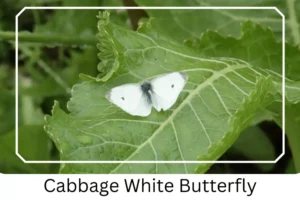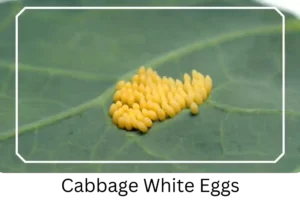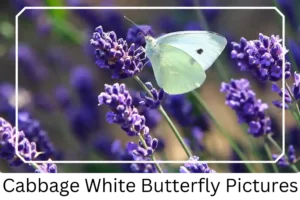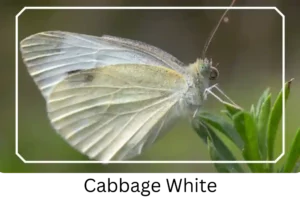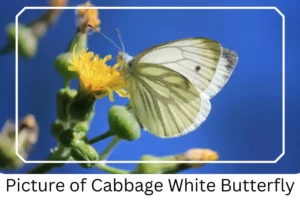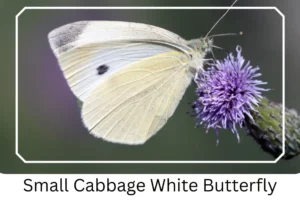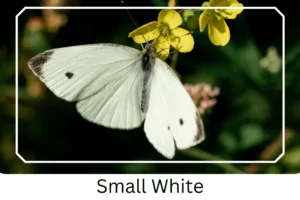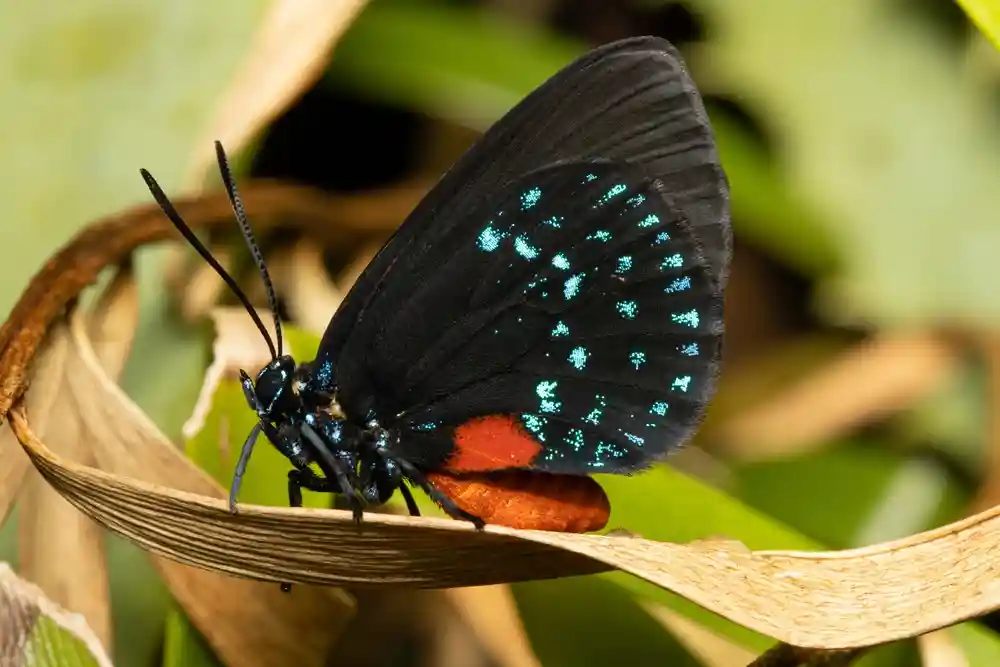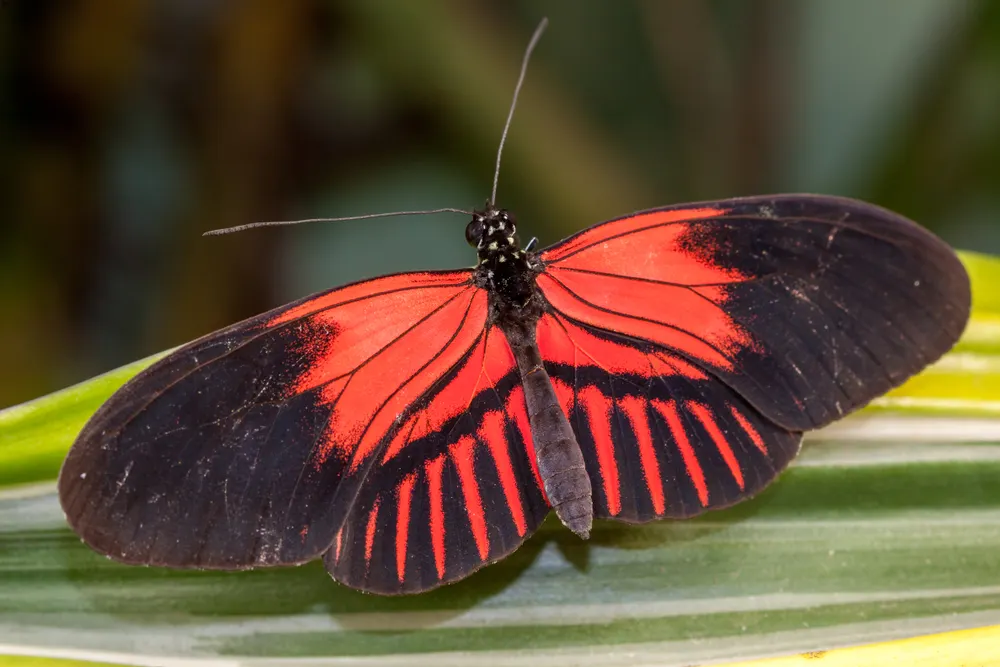Cabbage White (Pieris rapae)
The Cabbage White butterfly, a species prevalent across Asia and Europe, remains a subject of curiosity for its ubiquity and elusive origins. Thriving in diverse habitats, these small to medium-sized butterflies are a familiar sight, fluttering in abundance during the warm embrace of late spring and summer. Despite their diminutive stature, they are often mistaken for their larger counterparts, the Large Whites, due to their strikingly similar appearances.
Scientific Classification
- Family: Pieridae
- Genus: Pieris
- Common names: Small Cabbage White
- Scientific Name: Pieris rapae
Overview
Belonging to a widespread family, the Cabbage White butterfly is as common as it is overlooked. Its presence spans continents, gracing gardens, roadside verges, and urban green spaces with its delicate dance. This species, characterized by its adaptability and unassuming beauty, plays a significant role in the ecological tapestry, serving as both pollinator and prey. Yet, it’s their larvae that capture attention in gardens and fields, often to the dismay of vegetable growers.
Description and Identification
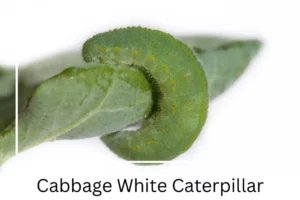
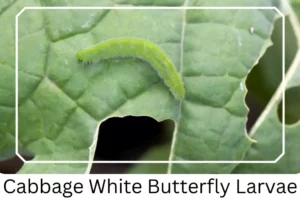 Caterpillar
Caterpillar
The journey of the Cabbage White begins with its larval stage. Mature larvae boast a vibrant green or bluish-green hue, accentuated by a distinctive black ring and tiny black dots around the spiracles. A lateral row of yellow dashes and a central yellow line run the length of their bodies, blending seamlessly into the foliage they inhabit. This camouflage is a critical survival mechanism, rendering them nearly invisible to predators.
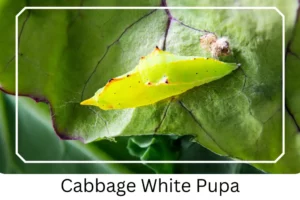
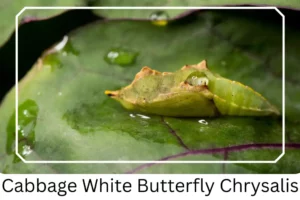 Pupa
Pupa
Transitioning to the pupal stage, the Cabbage White chrysalis adopts a greenish tone, gradually fading to pale green or light brown as it ages. Suspended from the leaves of their host plants, these chrysalises are a marvel of nature’s design, poised for metamorphosis.
Adult Butterfly
Upon reaching adulthood, Cabbage Whites exhibit sexual dimorphism, a fascinating facet of their biology. Males flaunt creamy white wings adorned with a singular black spot, while females display a paler yellow hue with two central black spots. The underside of their wings reveals a yellowish tinge sprinkled with black speckles, a testament to their intricate beauty.
Sexual Dimorphism: Clearly present, distinguishing males from females.
Color and Appearance: A study in understated elegance, with variations between genders.
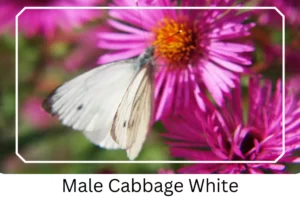
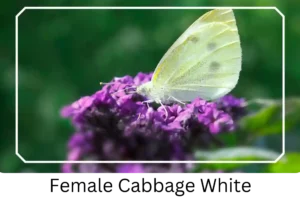 Average Wingspan: Ranging from 32 to 47 mm (1.3 to 1.9 inches), a testament to their petite nature.
Average Wingspan: Ranging from 32 to 47 mm (1.3 to 1.9 inches), a testament to their petite nature.
Flight Pattern: Known for their rapid and erratic flight, a mesmerizing dance through the air.
Quick Facts | |
| Distribution | Native across Asia, Europe, and extending into North Africa. |
| Habitat | Thrives in open spaces, including gardens, roadsides, urban areas, and weedy outskirts. |
| Lifespan of Adults | Lives up to 3 weeks in the wild. |
| Host Plants | Shows a preference for plants in the mustard (Brassicaceae) family. |
| Adult Diet | Primarily feeds on flower nectar. |
How to Identify Cabbage White?
Identifying a Cabbage White butterfly is a rewarding experience for enthusiasts and casual observers alike. Look for small to medium-sized butterflies with wings of creamy white or pale yellow, depending on the sex. The males typically have one black spot on their wings, while females boast two. Their erratic flight pattern is distinctive, often seen darting among flowers and plants. Paying attention to these details, along with their preference for open, sunny spaces and the presence of mustard family plants, can help distinguish these common yet captivating creatures.
Did You Know?
- The Cabbage White’s modest appearance often leads to its mistaken identity as a moth.
- It was accidentally introduced to North America, Bermuda, Australia, and New Zealand, where it has since become widespread.
- In the United States, the caterpillar stage is known as the ‘imported cabbageworm,’ notorious for its appetite for cultivated vegetables like cabbage, horseradish, kale, radish, and broccoli.
- Despite their common status, Cabbage Whites play a vital role in their ecosystems as pollinators and a food source for predators.
Conclusion
The Cabbage White butterfly, often dismissed for its simplicity, harbors a complexity and resilience that commands respect. From its larval stages of camouflage to the fluttering dance of adulthood, this species embodies the delicate balance of nature. As we delve deeper into their world, we uncover not just the beauty of their existence but also the intricate web of life they support.
Cabbage White Pictures

Scientific Classification

- Family: Pieridae
- Genus: Pieris
- Common names: Small Cabbage White
- Scientific Name: Pieris rapae

